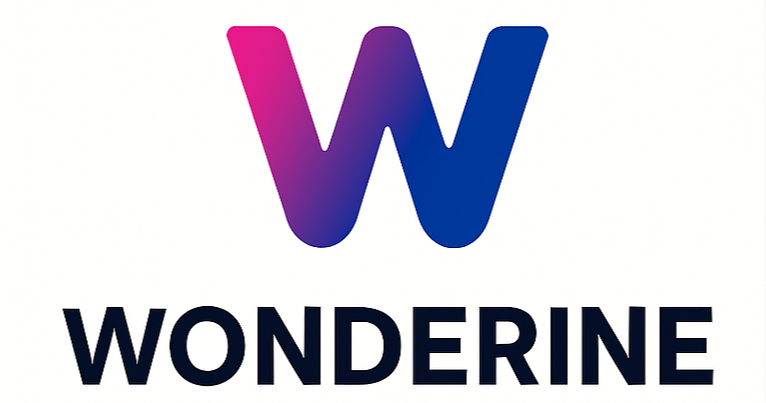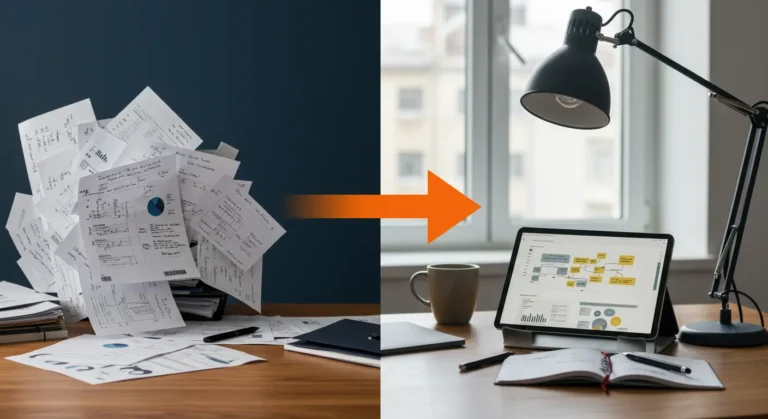
Remember when we used to talk about “work-life balance” like it was a yoga pose we had to hold?
That language no longer fits.
In 2025, work and life aren’t neatly separated. They flow, intertwine, and — when done right — support each other. That’s not chaos. That’s Work-Life Integration 2.0.
And it’s not just a philosophical shift — it’s structural. AI now handles parts of your day: email sorting, meeting notes, even decision-making prep. But that doesn’t mean you’re free — it means your boundaries need a system upgrade.
If balance was about limits, integration is about alignment.
From Fixed Boundaries to Fluid Cadence

The old “off button” is gone — especially in hybrid and remote work. But that doesn’t mean we’re doomed to burnout. It means we need intentional rhythms.
Here’s the shift:
| Old Model | Integration 2.0 |
|---|---|
| Rigid hours | Personalized energy zones |
| Work email = work | Context-aware systems |
| 5 PM shutdown | Cadence-based commitments |
| Task lists | Intent-driven workflows |
You don’t need walls. You need smart transitions.
How AI Is Shaping the New Workday

Here’s how top professionals are using AI to enable integration, not invasion:
- Context Management — Tools like Motion or Reclaim manage tasks based on energy flow
- Decision Compression — Prompted summaries save time and reduce back-and-forth
- Async Coordination — Loom, Slack AI, and automatic huddle digests reduce meeting dependency
- Mental Decluttering — Second brains that surface next best moves through smart nudges
The Cadence System: Routines > Schedules

Forget time-blocking everything. Integration works best with cadence — recurring flow patterns that allow both discipline and freedom.
Here’s a starter cadence:
- Morning Deep Zone (8:30–10:30)
- AI Window (11:00–12:00)
- Creative Drift (2:00–4:00)
- Family Sync (4:30–6:00)
- Evening Flex (optional)
Tools That Support Integration, Not Invasion
- Notion AI: Second brain + planning
- Reclaim.ai: Dynamic time protection
- Sunsama: Daily task journal
- ChatGPT: Cognitive offload + decision assist
- Rise Calendar: Flow-based meetings & focus time
FAQ: Work-Life Integration in 2025
- Doesn’t this blur boundaries even more?
- Only if you let it. Integration is about intentional systems, not blending chaos.
- Can I still disconnect completely?
- Yes — you need rules, not reactions. Schedule disconnection like you do meetings.
- Isn’t this just hustle culture in disguise?
- No. Hustle was about doing more. Integration is about doing what fits and flows.
- How do I bring my team along?
- Lead by modeling. Share cadence openly. Respect async time. Make AI your ally.
Design your Work-Life OS today:
- Block deep work and protect it
- Let AI summarize your day and prep the next
- Reflect weekly — what worked? what didn’t?
- Replace a meeting with async + Loom
Your calendar shouldn’t be a cage. It should be a canvas.




